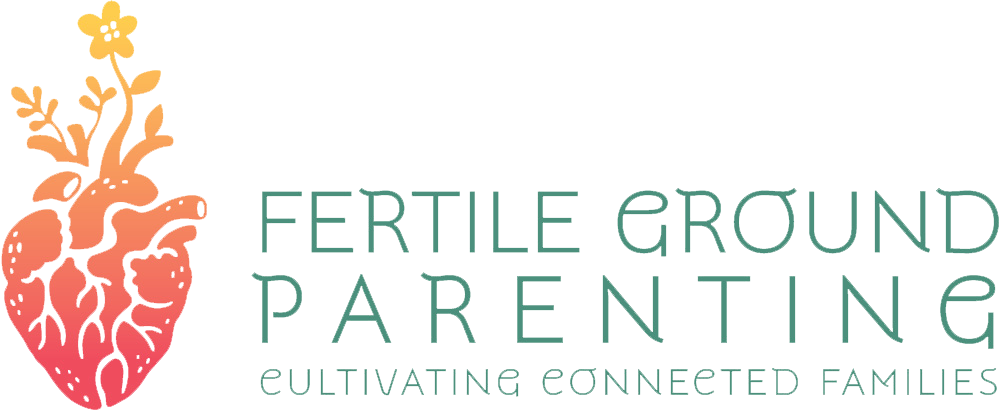We’re about a month into a move from the US to Spain, and I’m using all my parenting tools to get through it. It’s been hard on me, and on my husband. But our 9-year-old is having the hardest time by far.
In this post, I’ll talk about one tool I’m finding particularly useful as we navigate the inevitable ups and downs of parenting a deep-feeling kid in the midst of a big transition.
That tool is play, or playfulness.
If you’ve been around here for a while, you’ve heard me talk about it. But I thought I’d give you a play-by-play (har har) of how I used it yesterday, in several small and medium ways, to help my son with “the worst day of his life, ever.” ⬅️ His words, not mine.
Why Play?
But first, a few quick bullets on why this tool is so helpful (and why we call it a tool at all):
Play sends strong signals of warmth, connection, and safety to our kids. When things are going well, it deepens the goodness and allows them to really feel it. When things aren’t going well, it says, “hey, I’m still with you, and what’s going on here is not a problem for me.”
Play can generate laughter, especially when we use it to take the less powerful role, which is extremely funny for our kids. Laughter releases tension, lighter fears, and that icky, stuck feeling we all have sometimes.
Playfulness can be an effective and lighthearted way to set a limit, as long as the child isn’t actually heading toward a deeper emotional release with tears (in which case we want to respect and allow that).
So, here’s how play and playfulness featured in our day yesterday.
When he refused to take a shower (and really needed one) in the morning, I dug into my imaginary play bag and came up with:
“Oh boy, you’d better get in that shower quick, because all of your stuffed cats are dying to see what it looks like when a human gets soaking wet! They can’t believe anyone would want to do such a thing!”
You’ve never seen a kid move so fast to get undressed. Stuffy surprise and commentary followed, as did a squeaky-clean kid.
When he got into a major funk that the museum exhibit we went to was “boring and disappointing” and the gift shop was way too expensive, his dad played a mock slapping game on the street with him when things got physical. Dad suddenly couldn’t get any power behind his attacks and our son laughed while my husband ran away or meekly slapped back.
By the time we got on the bus, he was sitting calmly next to me, chatting about funny cat videos we had seen.
When he learned that he wouldn’t be having more TV time late in the day—yet another disappointment!—he sobbed. Hard.
After he screamed at me to go away and pelted me with his stuffed animals, I cowered and pretended to be incapable of fighting back. Naturally, he found this hilarious and doubled down. We had an epic battle, fighting each other with his two lovies as “weapons.” Laughter and reconnection ensued.
It’s important to note that I listened to his tears and upset for a good chunk of time before turning toward playfulness in this last example.
When it Feels Hard to Play
Parents often tell me that playfulness is hard for them. It makes sense—and it was for me when I first tried it out, too.
Most of our parents couldn’t find playfulness unless things were going swimmingly, and the truth is that we needed it most when things weren’t.
Just like our kids.
But the great news is that a little playfulness goes a long way. I’ve seen time and again how quickly things can turn around for my boy when I offer him just a morsel of goofiness.
Our kids are so hungry for this kind of connection.
So, what do you think? Are you up for offering your kids a tiny bit this week, and seeing how it feels? Let me know in the comments.
Further reading: How Play Helps Children Cooperate


